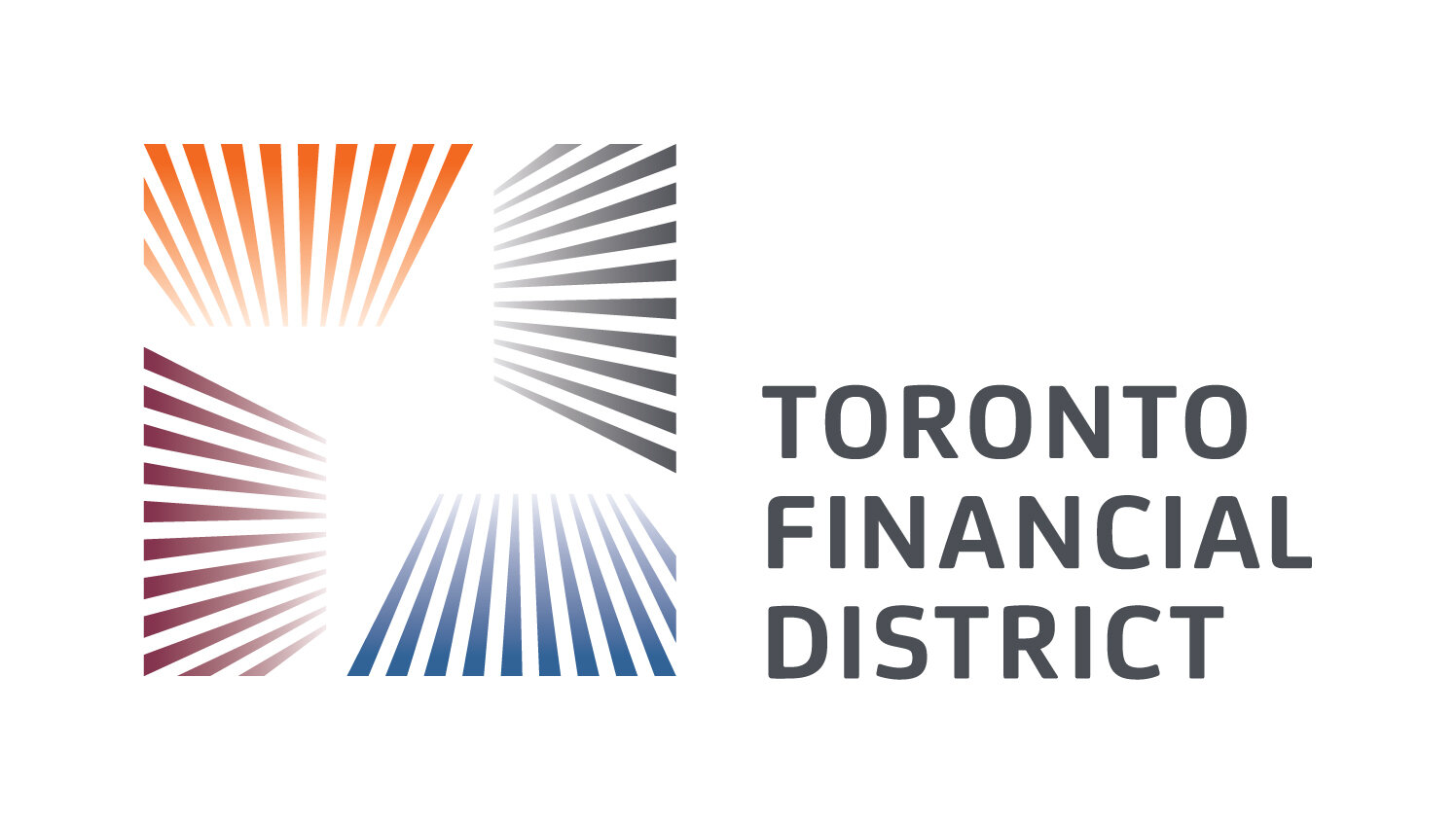Toronto’s PATH Pedestrian Network
Toronto’s PATH is a primarily underground network that connects several of the Financial District’s major hotels, more than 70 office buildings, and six subway stations. The PATH spans more than 30 km and contains over 1,100 restaurants, retailers, and businesses. It’s a popular location for pop-up markets, lunchtime concerts, and other seasonal events.

In 2018, the FDBIA partnered with the City of Toronto to develop an updated wayfinding system, including wall maps, physical signage, and downloadable maps. Easy-to-understand coloured pathways help users plan their route. New physical destination markers in the PATH are designed to help those navigating longer stretches of the network. For example, signage labeled “Waterfront” quickly identifies which route takes pedestrians south to Lake Ontario.
Frequently Asked Questions about the PATH
Will the PATH be expanded?
The FDBIA works closely with both existing PATH-connected properties and new developments to explore options for greater connectivity and network expansion. Recent development around Union Station has presented numerous PATH connectivity opportunities to better connect Toronto’s central waterfront and financial core.
A new underground PATH tunnel between Simcoe Place at 200 Front Street West and 160 Front Street West is currently underway and expected to be complete by 2023. New developments on Toronto's waterfront are exploring opportunities for above-ground PATH connections as well. As new development occurs, the FDBIA continues to advocate for greater PATH connectivity.
Who owns the PATH?
The majority of the PATH is privately-owned space, so you’re actually walking through the basements of about 75 different properties. The space between buildings – either above or below ground - is typically owned by the City of Toronto. The City is also responsible for PATH brand management, including the PATH logo and map.
The PATH Partnership Group is comprised of various City departments and downtown BIAs to ensure cohesive development of the system. The group reviews new PATH connections and manages updates to the network’s wayfinding system.
Who’s in charge of security for the PATH?
Most buildings connected to the PATH are either large office complexes or major properties that have private security patrolling their space. There is a formal communication network in place among the PATH building security teams that coordinates between properties as necessary.
Is the PATH accessible?
The PATH maps assist users with accessibility needs by identifying the locations of grade changes and alternate elevators or ramps. Colours on the maps and signage provide the recommended 70% level of contrast for those with vision impairment.
Is there an app for the PATH map?
There is currently no app for the PATH map. Downloadable maps are available here.
How do I lease space or host an event in the PATH?
As the PATH is comprised of more than 70 private properties, those interested in leasing space or hosting events should contact the property management company for the location of interest. The simplest way to find this information is an online search for the location address with the terms “leasing” or “property management.”
If you have any questions or comments about the PATH, please contact us at info@torontofinancialdistrict.com.

